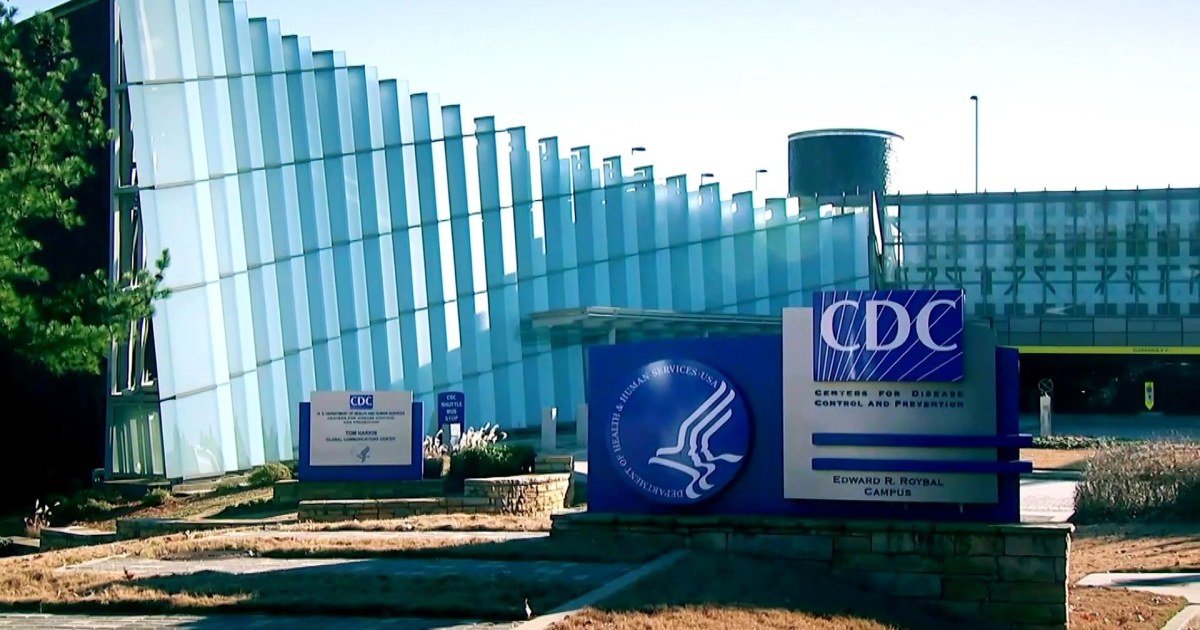Inside the CDC’s Workforce Shakeup: An Overview of Recent Layoffs
The recent wave of layoffs at the Centers for Disease Control and Prevention (CDC) has sent shockwaves through the public health community. As hundreds of employees face job loss, the implications for ongoing health initiatives and the agency’s future are significant. The CDC, a cornerstone of America’s public health framework, has been at the forefront of various health crises, including the COVID-19 pandemic. These layoffs raise questions not only about the agency’s internal operations but also about the broader impact on public health initiatives nationwide.
The Context of the Layoffs
In recent months, the CDC has announced a series of layoffs impacting nearly 300 employees, a move that is part of a larger reorganization effort aimed at streamlining operations and reducing costs. This shift follows a period of intense scrutiny and criticism regarding the agency’s handling of the COVID-19 pandemic. The layoffs are seen as a response to calls for more efficient management and better allocation of resources within the agency.
The CDC has long been a leader in epidemiology, health promotion, and disease prevention. However, the pandemic exposed several weaknesses within its operational structure, prompting a reevaluation of its workforce needs. The agency’s leadership has indicated that these layoffs are not just about budget cuts; they are also about realigning the workforce to meet evolving public health demands.
The Implications for Public Health Initiatives
The implications of the CDC’s workforce shakeup are profound. With fewer employees, there is a concern about the agency’s capacity to effectively respond to health emergencies, conduct vital research, and implement health programs. Some of the areas most likely to be affected include:
- Infectious Disease Surveillance: The CDC plays a critical role in tracking and controlling infectious diseases. Layoffs could hinder its ability to monitor outbreaks and respond swiftly.
- Public Health Education: The agency’s efforts in educating the public about health issues could diminish, leading to gaps in community awareness and prevention strategies.
- Research and Development: Ongoing research projects aimed at understanding diseases and developing vaccines may face delays or cancellations.
Moreover, the layoffs could affect morale within the agency, leading to a potential brain drain as experienced professionals leave for more stable opportunities. Such a loss of institutional knowledge and expertise could be detrimental to the CDC’s mission.
Reactions from the Public Health Community
The layoffs have sparked a wave of reactions from public health advocates, former employees, and health professionals. Many express concern that such drastic changes could undermine the progress made in public health over the past few decades. Some key perspectives include:
- Concerns Over Future Preparedness: Experts warn that reducing the workforce could compromise the CDC’s ability to respond to future health crises, a sentiment echoed by former CDC officials.
- Advocacy for Increased Funding: Many believe that instead of layoffs, the agency should receive increased funding to enhance its capabilities, especially considering the lessons learned from the pandemic.
- Calls for Transparency: Advocates are urging the CDC to be transparent about the reasons for the layoffs and how it plans to maintain its public health initiatives.
Looking Ahead: The Future of the CDC
Despite the challenges posed by these layoffs, there is a sense of optimism among some public health experts. The CDC has an opportunity to reshape its operations and focus on modernizing its approach to public health. Here are a few potential strategies that could help the agency navigate this transition:
- Embracing Technology: The CDC can leverage technology and data analytics to enhance its surveillance and response efforts, potentially compensating for workforce reductions.
- Strengthening Partnerships: Collaborating with state and local public health departments, as well as private organizations, could help fill gaps left by layoffs.
- Focusing on Core Competencies: By honing in on its core mission and prioritizing essential programs, the CDC can maintain its effectiveness even with a reduced workforce.
Conclusion: Navigating Change with Resilience
The layoffs at the CDC represent a significant shift in how the agency operates amidst increasing scrutiny and changing public health priorities. While the immediate effects may be concerning, the agency has the potential to emerge from this workforce shakeup stronger and more focused on its mission. By embracing innovation, fostering partnerships, and prioritizing critical public health initiatives, the CDC can continue to play a vital role in safeguarding the health of the nation.
Ultimately, the situation highlights the need for ongoing dialogue within the public health community about how best to structure agencies like the CDC for future challenges. As we move forward, it will be crucial to balance the realities of operational efficiency with the unwavering commitment to public health that the CDC represents.
See more WebMD Network



